-
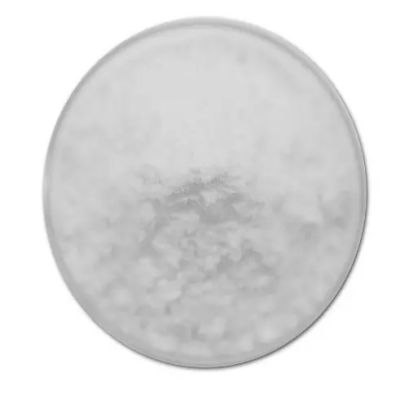
2-Hydroxy-1,4-naphthoquinone CAS:83-72-7
2-Hydroxy-1,4-naphthoquinone is a chemical compound with the molecular formula C10H6O3. It belongs to the class of naphthoquinones and features a hydroxyl group attached to the naphthalene ring. This compound exhibits distinctive chemical properties due to its specific structural arrangement.
-
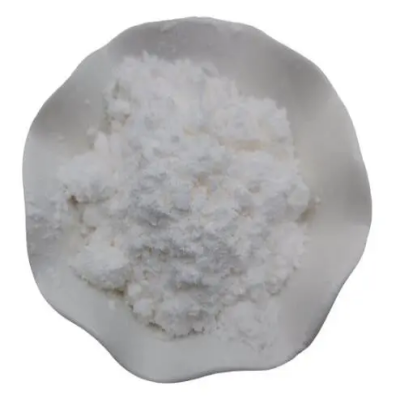
2-Chloro-3-amino-4-methylpyridine CAS:133627-45-9
2-Chloro-3-amino-4-methylpyridine is a chemical compound with the molecular formula C6H7ClN2. It belongs to the class of chloroaminoalkylpyridines and features a chlorine atom, an amino group, and a methyl group attached to the pyridine ring. This compound exhibits unique reactivity and properties due to its specific chemical structure.
-
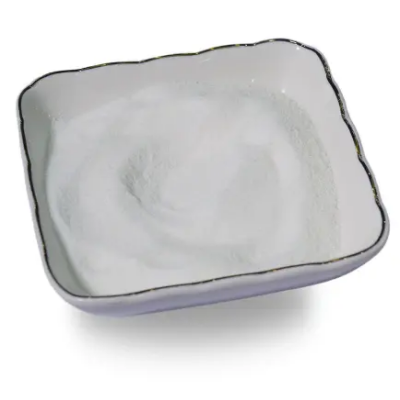
2-Amino-3-methylpyridine CAS:1603-40-3
2-Amino-3-methylpyridine, with the molecular formula C6H8N2, is a chemical compound also known as 2-amino-3-picoline. This colorless liquid serves as a key intermediate in organic synthesis processes. It is characterized by its aromatic properties and functional versatility, making it valuable for the preparation of various compounds in both laboratory and industrial settings.
-

Amoxicillin CAS:26787-78-0
Amoxicillin is a widely prescribed broad-spectrum antibiotic belonging to the penicillin class. It is effective against a diverse range of bacterial infections, including respiratory tract infections, urinary tract infections, and skin infections. Amoxicillin works by inhibiting bacterial cell wall synthesis, making it a valuable medication for treating common bacterial illnesses.
-
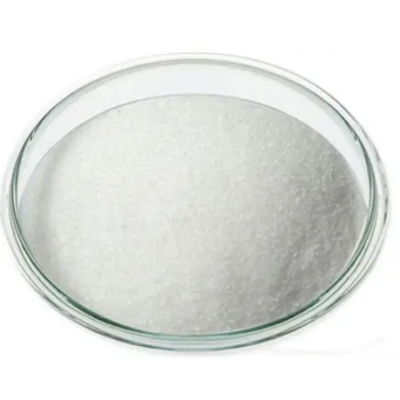
Tea saponin CAS:8047-15-2
Tea saponin is a natural surfactant derived from the seeds of the tea plant (Camellia sinensis). It is widely used in agricultural, pharmaceutical, and household products due to its ability to act as an emulsifier, foaming agent, and pesticide synergist. This eco-friendly compound has gained attention for its biodegradability and low toxicity, making it a favorable ingredient in various formulations targeting pest control, drug delivery systems, and industrial applications.
-
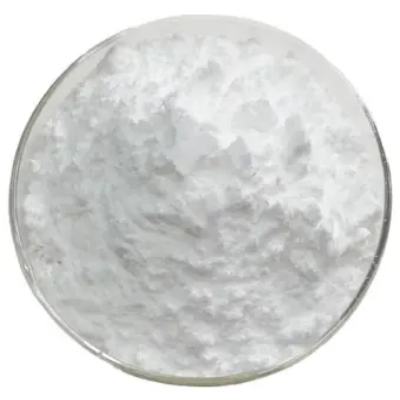
Trehalose CAS:99-20-7
Trehalose is a naturally occurring disaccharide found in numerous organisms, including bacteria, fungi, plants, and invertebrates. This non-reducing sugar has gained attention for its exceptional ability to protect biological structures from desiccation, heat, and other stressors. Trehalose is commonly used in various industries, including food, pharmaceuticals, and cosmetics, where its unique properties contribute to enhanced stability, preservation, and protection of sensitive substances.
-
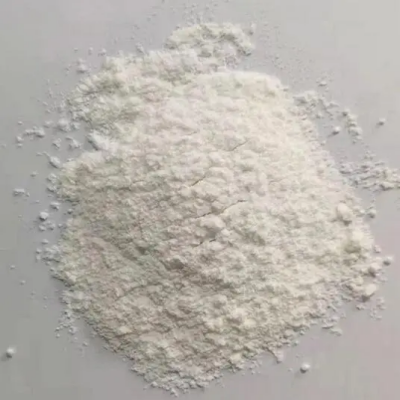
α-Arbutin CAS:84380-01-8
α-Arbutin is a naturally occurring compound derived from various plant sources, such as bearberry, cranberries, and blueberries. It is a skin-brightening agent known for its ability to inhibit melanin production, making it a popular ingredient in skincare products targeting hyperpigmentation, dark spots, and uneven skin tone. α-Arbutin is considered a safer alternative to hydroquinone, often used in formulations to promote a more luminous and even complexion.
-
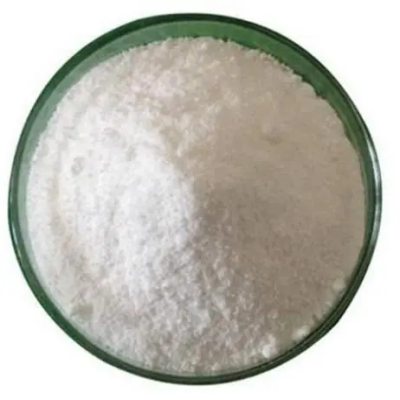
Ubidecarenone CAS:303-98-0
Ubidecarenone, also known as Coenzyme Q10 or CoQ10, is a powerful antioxidant naturally produced by the body and found in every cell. It plays a vital role in cellular energy production and serves as a potent defense against oxidative stress. Ubidecarenone has gained popularity in various health and skincare products due to its anti-aging properties and ability to support overall skin health.
-
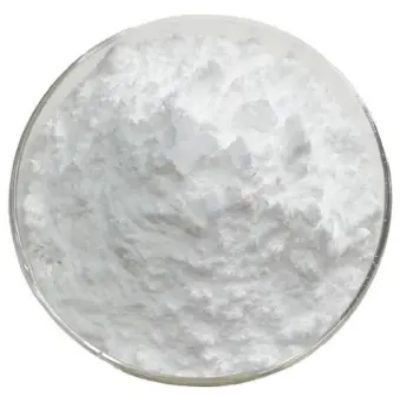
β-arbutin CAS:497-76-7
β-arbutin is a naturally occurring compound found in various plant species, including bearberry, blueberries, and cranberries. It is renowned for its skin-brightening properties and its ability to inhibit melanin production, making it a sought-after ingredient in skincare formulations targeting hyperpigmentation and uneven skin tone. As a gentler alternative to hydroquinone, β-arbutin has gained popularity for its effectiveness in promoting a more uniform and radiant complexion.
-
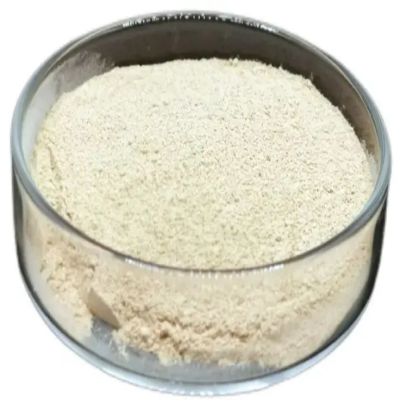
Sodium salicylate CAS:54-21-7
Sodium salicylate is a sodium salt of salicylic acid, known for its anti-inflammatory and pain-relieving properties. This compound is commonly used in various topical preparations, including skincare products and medications, to treat conditions such as acne, psoriasis, and minor skin irritations. Sodium salicylate works by exfoliating the skin, reducing inflammation, and helping to unclog pores, making it a popular ingredient in formulations targeting skin concerns.
-
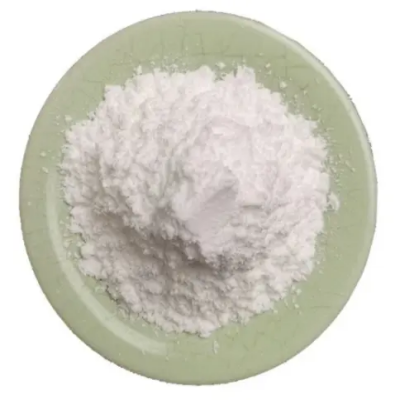
Acetic hydrazide CAS:1068-57-1
Acetic hydrazide, also known as acetyl hydrazine, is an organic compound used in various industrial applications, particularly as a chemical intermediate and in the manufacturing of pharmaceuticals. It serves as a building block for the synthesis of other compounds and finds utility in diverse chemical processes due to its reactivity and functional properties.
-
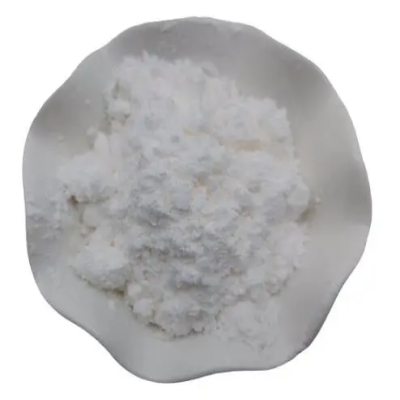
Amikacin base CAS:37517-28-5
Amikacin base is a potent broad-spectrum antibiotic belonging to the aminoglycoside class. It is commonly used to treat severe bacterial infections, particularly those caused by Gram-negative bacteria resistant to other antibiotics. Amikacin base exhibits bactericidal activity by inhibiting protein synthesis in susceptible pathogens, making it a valuable medication for combating serious infections.

